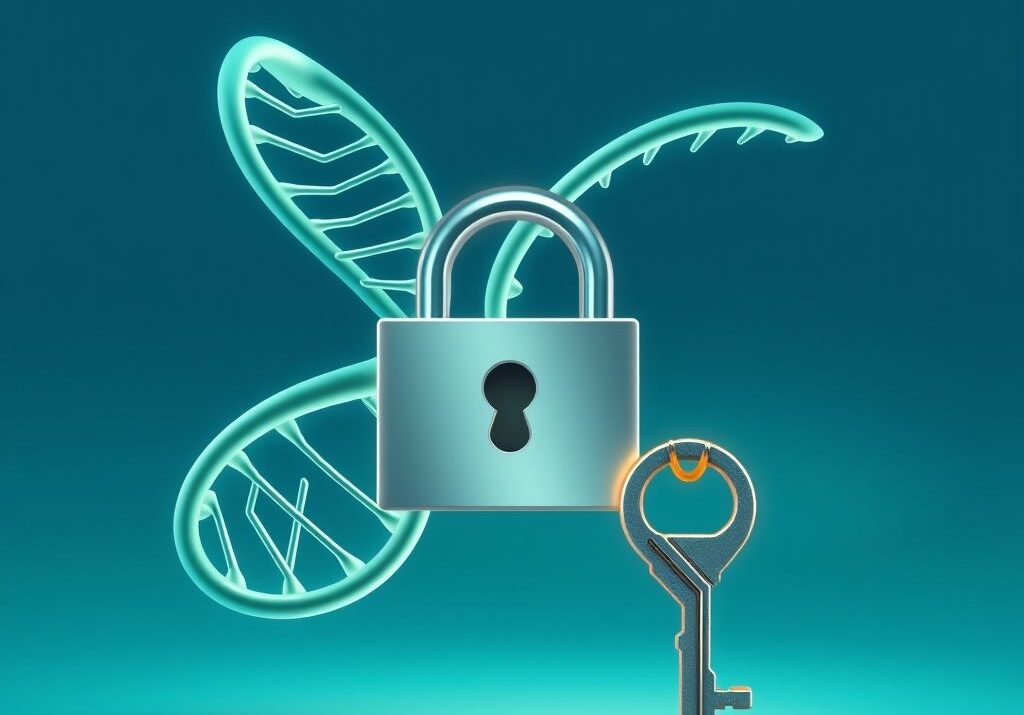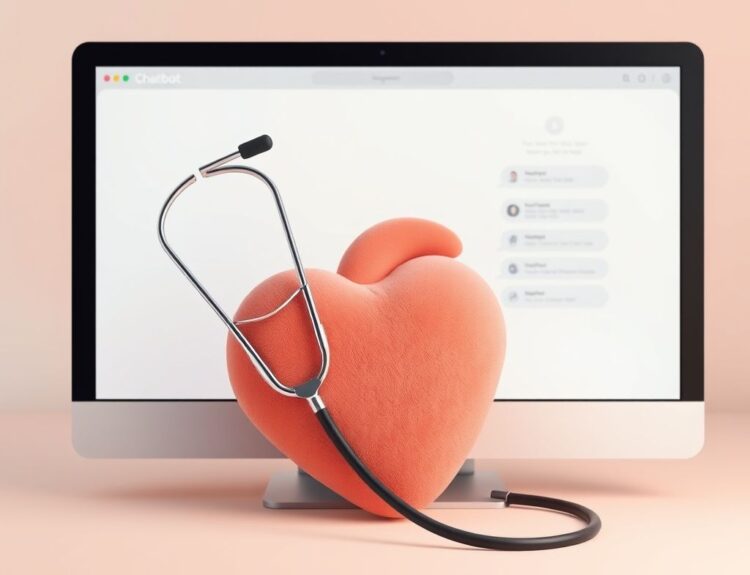Okay, let’s be real. Hearing about 23andMe potentially filing for bankruptcy (as TechCrunch reported on June 14, 2025) probably made a lot of people pause and think about where their genetic information is floating around. I know I did! We willingly handed over our DNA, hoping to learn about our ancestry and health predispositions. But what happens to that data if the company goes belly up?
Look, data privacy is a HUGE deal. A 2023 Pew Research Center study found that 81% of Americans feel they have little control over the data companies collect about them. And when it comes to something as personal as your DNA, that feeling intensifies.
So, if you’re feeling a little uneasy about your 23andMe data, you’re not alone. The good news is you do have options. You can take steps to protect your privacy and even delete your data. I’m sharing the steps you can take to delete your 23andMe data and safeguard your genetic information.
Why Deleting Your Data Might Be a Good Idea
Even without bankruptcy worries, there are valid reasons to delete your data:
- Privacy Concerns: You might simply not be comfortable with a company holding your genetic information, regardless of their financial status. The Genetic Information Nondiscrimination Act (GINA) in the US offers some protections, but laws vary globally.
- Data Breaches: Unfortunately, data breaches happen. 23andMe has experienced security incidents in the past, making some users wary of keeping their data on the platform.
- Changing Preferences: Maybe you were curious about your ancestry a few years ago, but now you’re not interested and want to minimize your digital footprint.
How to Delete Your 23andMe Data: A Step-by-Step Guide
Deleting your 23andMe data is relatively straightforward, but you’ll want to make sure you understand the implications.
- Sign In to Your Account: Log in to your 23andMe account on their website.
- Navigate to Account Settings: Find the “Settings” option, usually located in a dropdown menu under your name or profile picture.
- Close Your Account: Look for the “Close Account” or “Delete Account” option. It might be buried, so be patient.
- Confirm Your Decision: 23andMe will likely ask you to confirm your decision and may try to dissuade you. Read the warnings carefully.
- Follow the Instructions: Follow the on-screen instructions to finalize the deletion process. You may need to enter your password or answer security questions.
Important Considerations:
- Irreversible Process: Deleting your data is usually permanent. You’ll lose access to your reports and won’t be able to recover your information.
- Aggregated Data: Even after you delete your personal data, 23andMe may retain aggregated, anonymized data for research purposes. This data cannot be linked back to you personally.
- Timeline for Deletion: The actual deletion process can take some time. 23andMe should provide an estimated timeline.
5 Key Takeaways to Remember
- You have the right to control your genetic data. Don’t feel pressured to keep it stored if you’re uncomfortable.
- Deleting your data is a serious decision. Make sure you understand the consequences before proceeding.
- Stay informed about data privacy laws and company policies. Knowledge is power!
- Even after deletion, some anonymized data might be retained for research.
- Take proactive steps to protect your online privacy, including using strong passwords and being cautious about sharing personal information.
Frequently Asked Questions (FAQs)
- What happens to my raw DNA data after I delete my account? 23andMe states that they will delete your raw genetic data from their servers.
- Can I download my raw DNA data before deleting my account? Yes, you can typically download your raw DNA data before deleting your account. This allows you to keep a copy for your records or upload it to other services (though be mindful of their privacy policies).
- Will my genetic information be used for research after I delete my account? Your personally identifiable genetic information will not be used for research. However, anonymized, aggregated data may still be used.
- How long does it take for 23andMe to delete my data? The deletion process can vary, but 23andMe should provide an estimated timeline, usually a few weeks.
- Can I reactivate my account after deleting it? Reactivation may not always be possible, especially after a complete data deletion.
- What if I don’t want to delete my account but want to limit data sharing? 23andMe usually offers options to adjust your privacy settings and control what data is shared with research partners.
- Is deleting my data the same as withdrawing consent for research? Yes, deleting your data effectively withdraws your consent for your personal data to be used in research.
- What are the risks of keeping my data with 23andMe? Risks include potential data breaches, unauthorized access to your genetic information, and changes in the company’s privacy policies.
- Does deleting my 23andMe data affect my family members’ accounts? No, deleting your account only affects your data and does not impact the accounts of other family members.
- What other steps can I take to protect my genetic privacy? You can use strong, unique passwords, enable two-factor authentication, and carefully review the privacy policies of any genetic testing services you use.








